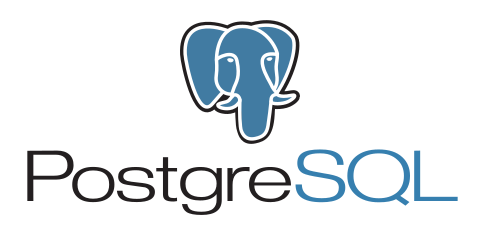The ability to code is an increasingly valuable skill. At Xojo we believe that anybody can learn to make their own apps. And Xojo is a great language for students looking to add programming to their skillset and for citizen developers.
Learn to code using Xojo and you can build apps for Mac, Windows and Linux, web apps, iOS apps and Raspberry Pi apps (and Android- it’s coming!). With the exception of iOS which requires a Mac, you can build for any platform we support from any platform we support. Want to build Windows apps for your friends from your Mac? That’s what Xojo is great at! Want to make your work day easier with a database app to track your inventory? Xojo’s great at that too!
Comments closed


